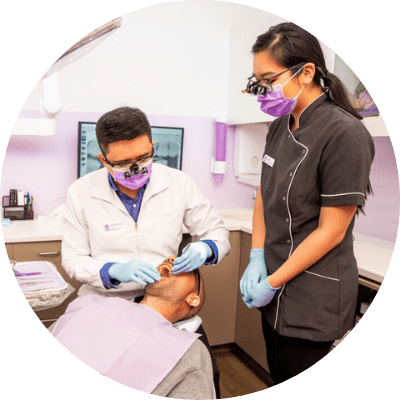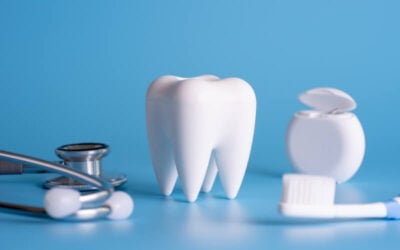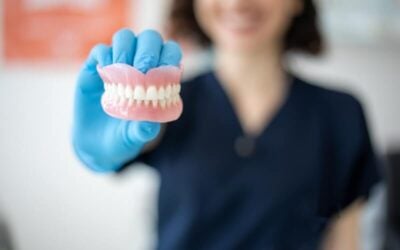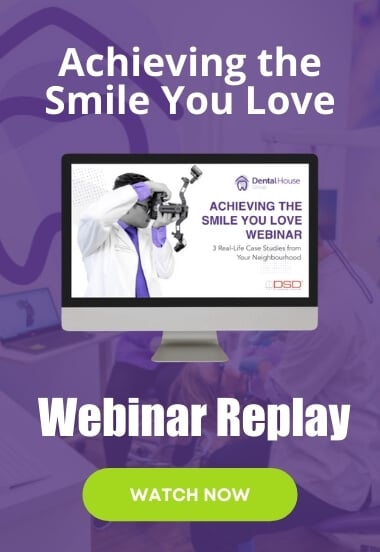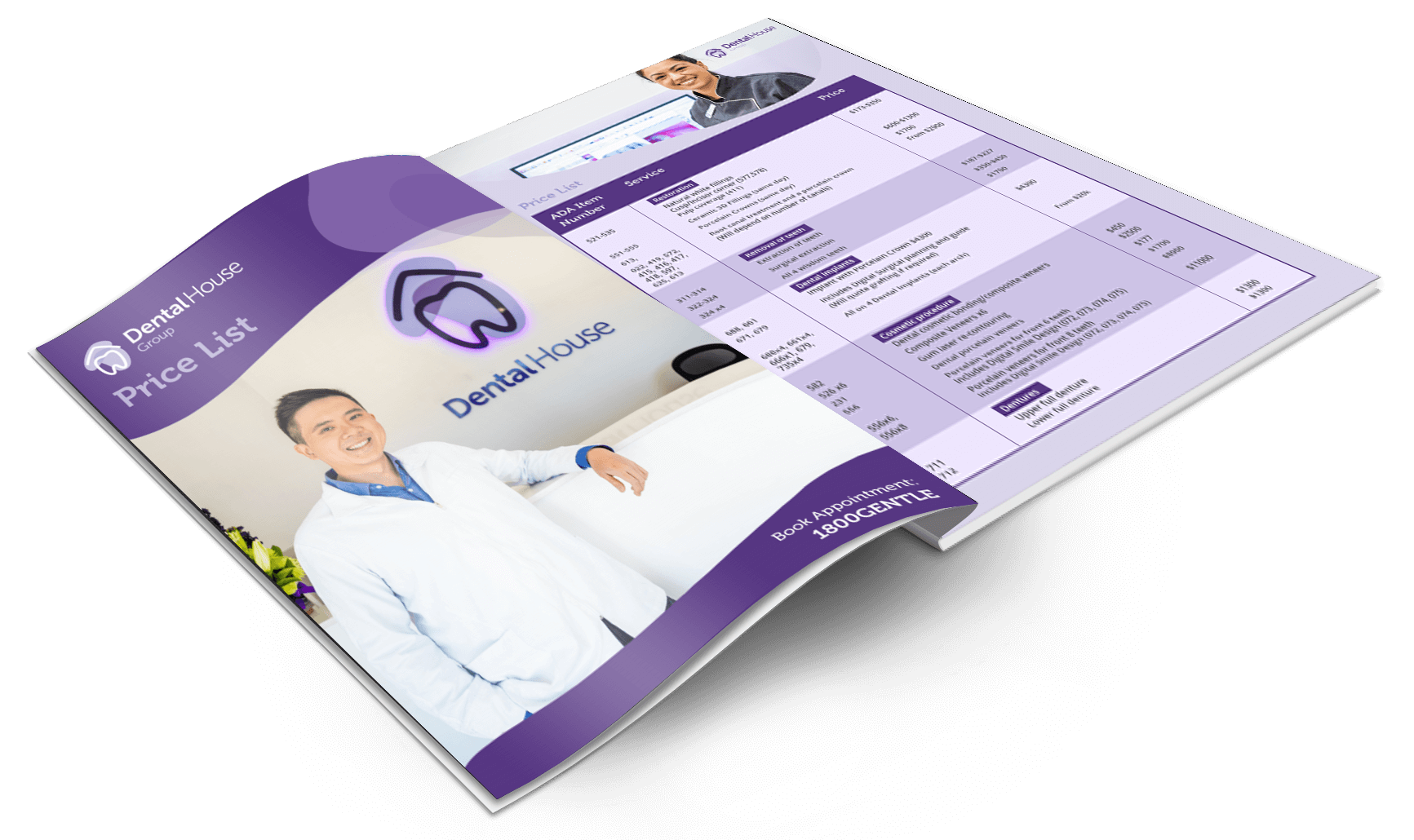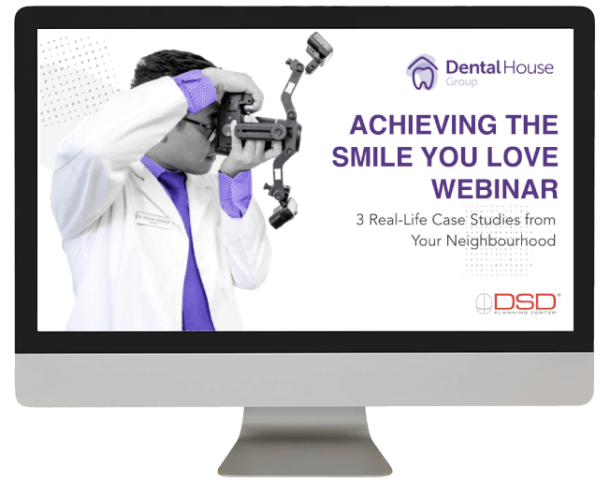Nano-HA: The Funny Way NASA Helps Reconstruct Periodontal Bone Loss
Nano-HA: The Funny Way NASA Helps Reconstruct Periodontal Bone Loss

It’s no provocation – simply the vantage of a vintage vignette of the impact of surprise, felt in a universal breath like something had somehow started from new again. So permanent, fast, and masterful a collaborator is social media in swiftly and constantly changing the game of things apparently appearing from nowhere, its surprising how different surprise once was.
The realm of the few has become the domain of the many. The six forums of Rome are now hundreds of thousands; all web-based and centralised, starting with Reddit and ending in Steam.
Not that there’s anything wrong with that.
Life itself is a funny thing that happens, and when we see it that way there’s that clear and easy view where all roads lead to Rome.
The forum of freedom, Erronius, Dominia and Gymnasia had the People’s Front of Judea, Biggus Dickus and Incontinentia Buttocks so comfortable in its oh-so contentious skin, it moved all over new space as if it had always been there.
It happens throughout history of course, with the lived bits remembered most; personal proclivities the only real compass. It’s all well and good – and no doubt necessary – to broaden the breadth of broad knowledge and teeter vicariously on the edge of other lives, but in all of us, cellular memory is easily invoked, and sometimes strangely equal to the comfort of an ever-loving granddad or an all-accepting nan.
Now we seek solace in technology and its advances. It’s nano not nana fixing our woes; promising always that things just get better.
The technology that so surprised us in the shiny new millennium had been on its way to the forum since ’74.
Pocket calculators had arrived and marketed as personal computers. The Towering Inferno was raging, Nixon was washed up by Watergate, and Steve Wozniak launched Dial-A-Joke in New York where a call got you a comedian’s seven jokes on an automatic answering machine.
Even for those who know or remember that, it’s almost guaranteed that Bob Bilkiss passed them by, and Austria’s 1960s joke of the week phone service is a side-road not recognised as having ever existed.
Much like nano-HA.
It’s a funny thing that tooth enamel is the hardest substance in the human body. Bone seems the obvious answer to bet on and probably still buys schooners at the pub.
Dental enamel is 96% hydroxyapatite (HA) and more than twice that of bone; the remaining 4% comprised of magnesium, sodium, carbonate, fluoride and water. It’s funny that sour lollies beat that like rock beats scissors, yet people eat it. Giving it to kids would make that funnier still if it wasn’t just weird and bizarre.
HA is a bioavailable calcium also found in saliva as a remineralising agent and vital to the strength of organic enamel.
Nano-HA is its synthetic equivalent and it began with NASA.
Microgravity forces change upon the human body. In weightlessness, bones are no longer exposed to stress, which leads to the loss of minerals. It also happens to teeth, and NASA needed a way to replace this loss of biological rigidity.

In 2017 that the first American nano-HA toothpaste hit the market and with the development of micron-abrasive versions, nano-HA now exists in more than 200 products across 70 countries.
Although the implementation of fluoridated water is named one of the greatest public health achievements of the 20th century, it’s devoid of the components of hydroxyapatite – found to have superior protection properties against tooth decay.
The particle size of nano-HA gives it the ability to bond with proteins. In toothpaste, it increases surface size and bonds with plaque and bacteria. So tiny is its structure it also fills and repairs micro damage on the surface of tooth enamel.
An alternative for those sceptical of the safety of fluoride, clinical studies validate its efficacy, and microdiagraphic images show deeper levels of remineralisation.
In dentistry, nano-HA is now moving to bone regeneration.
With its chemical similarity to bone, it’s a grafting material that helps reconstruct the damage of periodontal disease, and increase the ridge thickness in alveolar atrophy.
The application of nanoscience and its technologies is becoming more common, including in dentistry. Its exceptional bonding abilities and efficiency with bacteria, fungi and viruses means in most cases it has improved treatment methods, although it doesn’t come without risk.
The long-term safety of nanomaterials is still being researched with concerns of toxicity and migration within the body. It faces regulatory obstacles, and the balance of clinical use and cost still has to be resolved. Currently, there’s a lack of in vitro trials, and being able to reach the necessary scale of mass production is relatively complicated.
Nano-HA is an opportunity to find the road to minimally invasive treatments, personalised therapies and the marvel of regenerative dentistry.
In the meantime as it happens, minimally invasive treatments and personalised therapies all lead back to regular appointments with your dentist.
That’s the funny thing about it.
Note: All content and media on the Bacchus Marsh Dental House website and social media channels are created and published online for informational purposes only. It is not intended to be a substitute for professional medical advice and should not be relied on as health or personal advice.
Services we mentioned:
Related Articles
A Hydrogel For Jawbone Loss: Dental Rejuvenation
One of the most prevalent dental issues in the world is periodontal disease. Statistically, more than 30% of adults suffer from it. What generally starts with the inflamed and bleeding gums of gingivitis, if left untreated, progresses to not only damage supporting gum...
The ADA Pushes For Better Oral Care
Dr Stephen Liew, the Australian Dental Association (ADA) president is coming out firing in the push for better oral care for Australians…
In 2024: What Your Dentist Would Really Like You To Do Differently
Happy New Year Everyone! May you make 2024 your happiest dental year ever. Here’s what your dentist would like you to do differently…
Foods And Supplements That Help Slow or Prevent Gum Disease
Are there really foods and supplements that help slow or prevent gum disease? Dentists will point toward those foods to be avoided…


